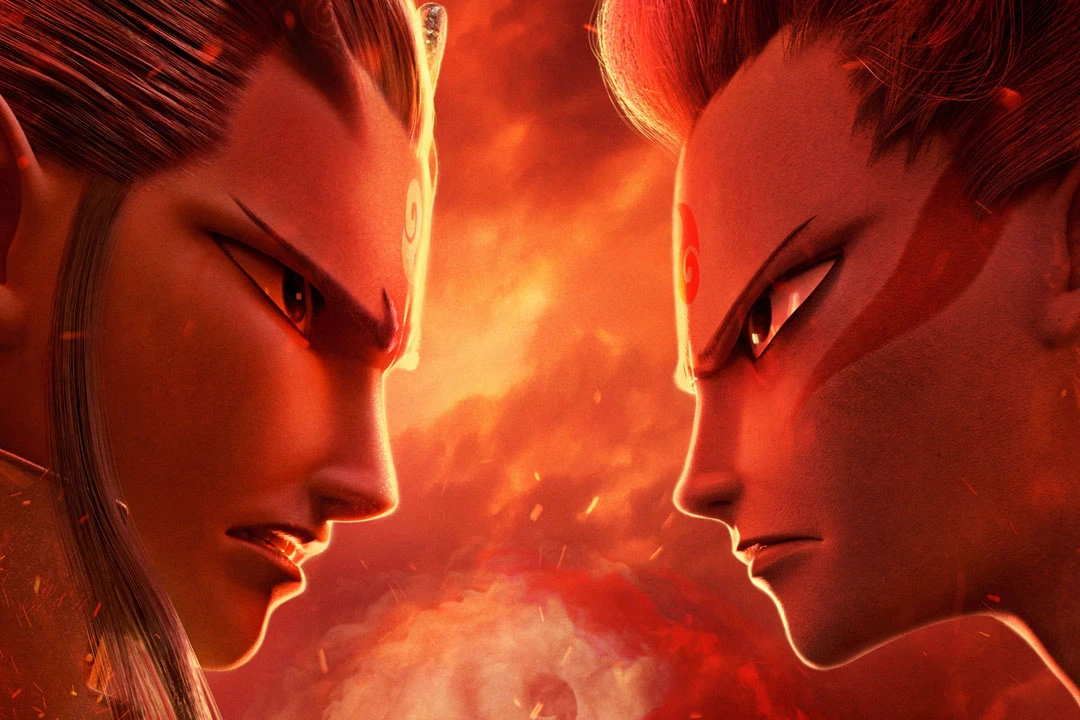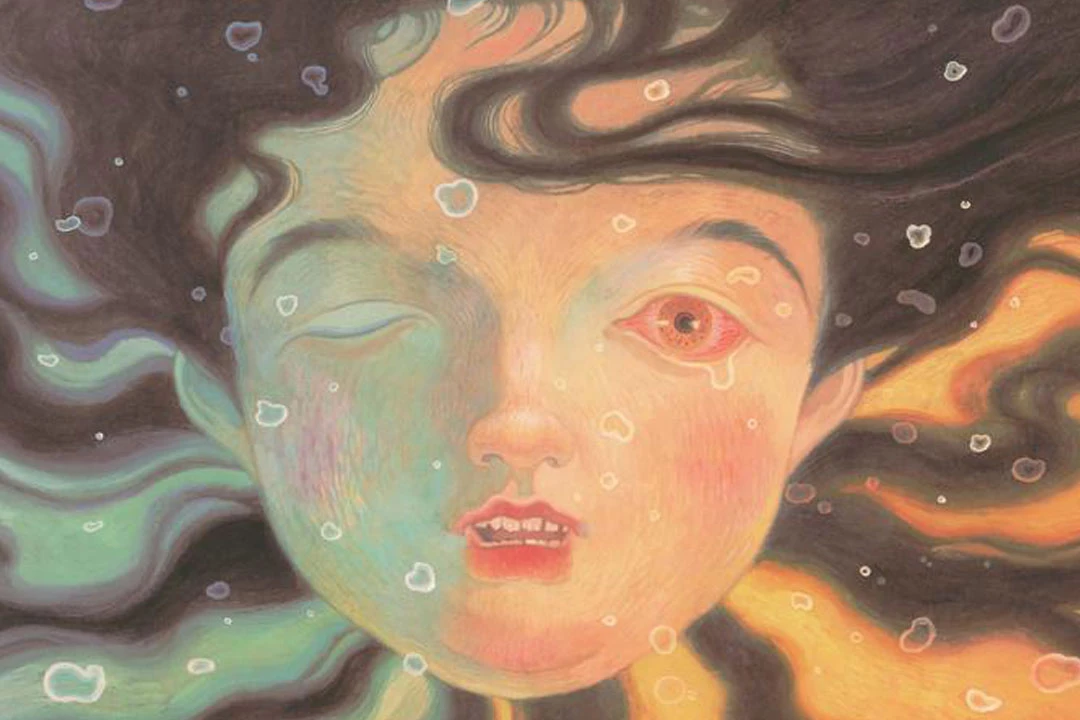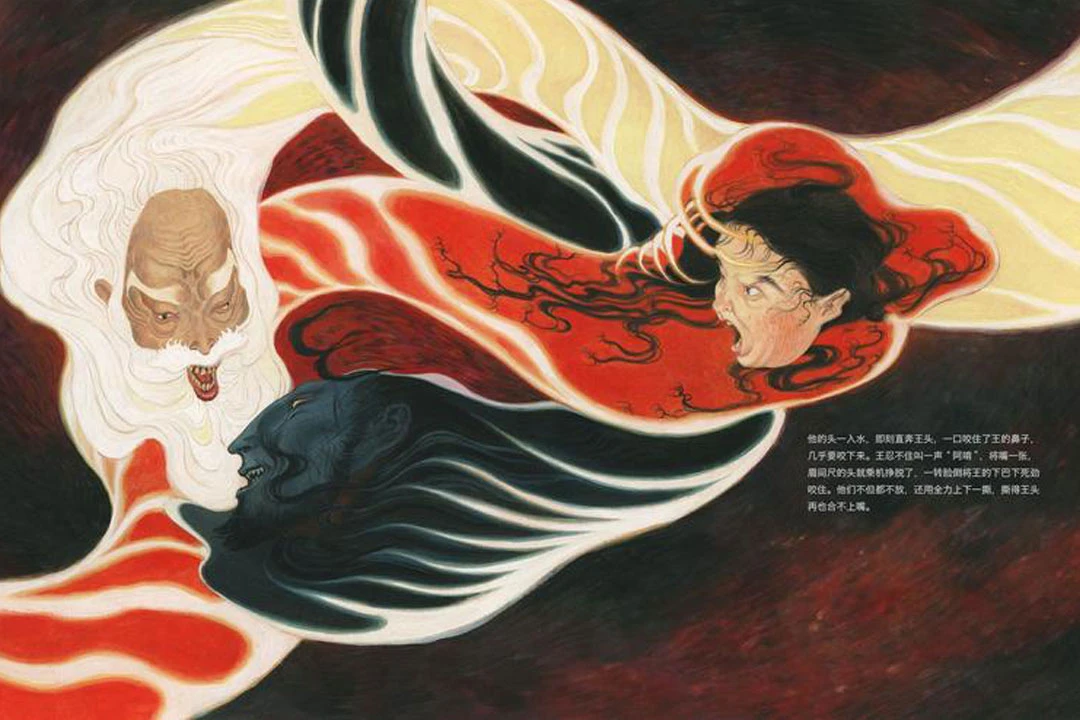In the sweltering heat of a Shanghai summer, an unexpected cultural phenomenon has captivated the imagination of young and old alike. The highly anticipated Chinese video game "Black Myth: Wukong" (黑神话:悟空) has reignited interest in one of China's most beloved mythological figures: Sun Wukong, the Monkey King. This resurgence of interest in traditional Chinese characters through modern media serves as a poignant reminder of the enduring power of cultural storytelling and the evolving landscape of artistic expression in China.
The Evolving Appeal of Sun Wukong
Sun Wukong, the mischievous and powerful monkey king from the classic novel "Journey to the West," has been a staple of Chinese culture for centuries. His adventures have been adapted countless times across various media, from traditional opera to contemporary films. However, the recent buzz surrounding "Black Myth: Wukong" demonstrates how this ancient character continues to resonate with modern audiences when presented in new and innovative ways.
The game's stunning visuals and intense gameplay have captured the attention of gamers worldwide, showcasing the potential for Chinese developers to create world-class entertainment products rooted in their rich cultural heritage. This modern interpretation of Sun Wukong serves as a bridge between generations, allowing younger audiences to connect with traditional stories through a medium they find engaging and relatable.
As the lines between different forms of media continue to blur, the success of "Black Myth: Wukong" raises intriguing questions about the future of Chinese animation and storytelling. How can animators and game developers continue to draw inspiration from classical literature and folklore while creating content that appeals to a global, tech-savvy audience?
The Transcending Time and Space Dialogue Exhibition Showcases Animation Treasures
While "Black Myth: Wukong" represents the cutting edge of Chinese digital entertainment, a recent exhibition in Shanghai reminds us of the rich history of animation in China. The "超时空对话" (Transcending Time and Space Dialogue) exhibition, curated by Wang Xiaoman, founder of HiShorts!, offers a fascinating glimpse into the golden age of Chinese animation and its enduring influence on contemporary artists.
The exhibition showcases a diverse range of animated works, from classic short films produced by the Shanghai Animation Film Studio in the 1980s to more recent independent productions. By placing these works side by side, the exhibition creates a visual dialogue between different eras of Chinese animation, highlighting both the evolution of artistic techniques and the consistent themes that run through the nation's animated storytelling.
One of the most striking aspects of the exhibition is the juxtaposition of two seemingly disparate works: "The Measuring Cun Between the Eyebrows" (眉间尺), a puppet animation from 1991, and "The Rain Bridge" (风雨廊桥), a black-and-white silent animation from 2020. Despite being created nearly three decades apart, these two films share a common thread in their exploration of martial arts themes and dark, brooding aesthetics. This unexpected connection serves as a testament to the enduring appeal of certain artistic styles and narrative elements in Chinese animation.
The exhibition also sheds light on the meticulous craftsmanship and deep cultural knowledge that went into creating these animated works. As Wang Xiaoman notes, the directors and writers of these classic animations were true polymaths, possessing not only technical skill but also a profound understanding of Chinese literature, philosophy, and art. This holistic approach to animation creation set a high standard for artistic excellence that continues to inspire contemporary animators.
Lessons from Masters of Chinese Animation
For aspiring animators and artists attending the exhibition, the works on display offer more than just a nostalgic trip down memory lane. They serve as a masterclass in storytelling, visual composition, and cultural interpretation. The presence of industry veterans like Yao Zhongli, a national first-class screenwriter, at the exhibition provides a rare opportunity for young artists to learn directly from the masters who shaped the golden age of Chinese animation.
Yao Zhongli's insights into the creative process behind classic animated shorts like "Cao Chong Weighs an Elephant" and "To Shoot or Not to Shoot" reveal the careful consideration that went into selecting and adapting stories for animation. By drawing from a rich well of traditional folk tales, myths, and idiomatic expressions, these animators were able to create works that were both entertaining and deeply meaningful, often conveying profound philosophical ideas through seemingly simple narratives.
This approach to animation as a vehicle for cultural transmission and philosophical exploration presents an interesting counterpoint to the more commercially-driven aspects of modern animation production. It raises important questions about the role of animators in society: Are they merely entertainers, or do they have a responsibility to act as cultural custodians and educators as well?
For contemporary Chinese animators, the challenge lies in finding a balance between honoring this rich artistic heritage and pushing the boundaries of the medium to create works that resonate with modern audiences. The success of recent productions like "The Rain Bridge," which combines traditional storytelling with innovative visual techniques, suggests that there is indeed a way to bridge this gap between past and present.
As it exhibition draws to a close, its impact continues to reverberate through the animation community. Wang Xiaoman's closing remarks encapsulate the exhibition's dual purpose of celebration and inspiration: "Although the exhibition is ending soon, we hope to continue extending its influence. We invite Shanghai's post-80s parents to bring their children for a nostalgic experience, and we encourage young people with artistic ideals and dreams to continue creating, inspired by this exhibition. Don't give up – believe that one day, your animated works will be seen and recognized by many."
This sentiment is echoed by Yao Zhongli, who poetically reflects on the lasting impact of the exhibition: "Summer has passed, but I still miss it dearly... I believe this 'Transcending Time and Space Dialogue' exhibition will remain in the hearts of every visitor. The charm of Chinese animation is endless."
As China continues to assert itself on the global stage of digital entertainment with projects like "Black Myth: Wukong," exhibitions like "Transcending Time and Space Dialogue" serve as crucial reminders of the deep artistic roots that nourish this burgeoning industry. By fostering a dialogue between past and present, between traditional techniques and cutting-edge technology.



